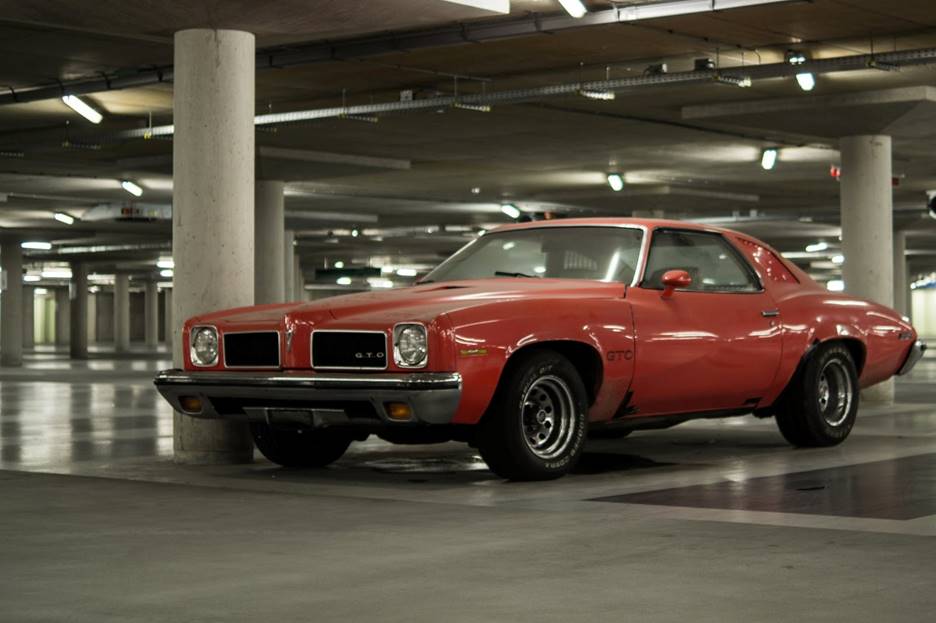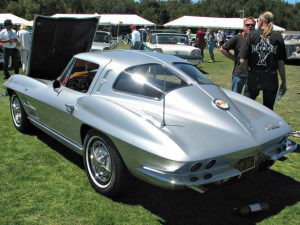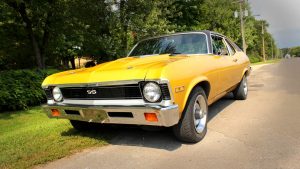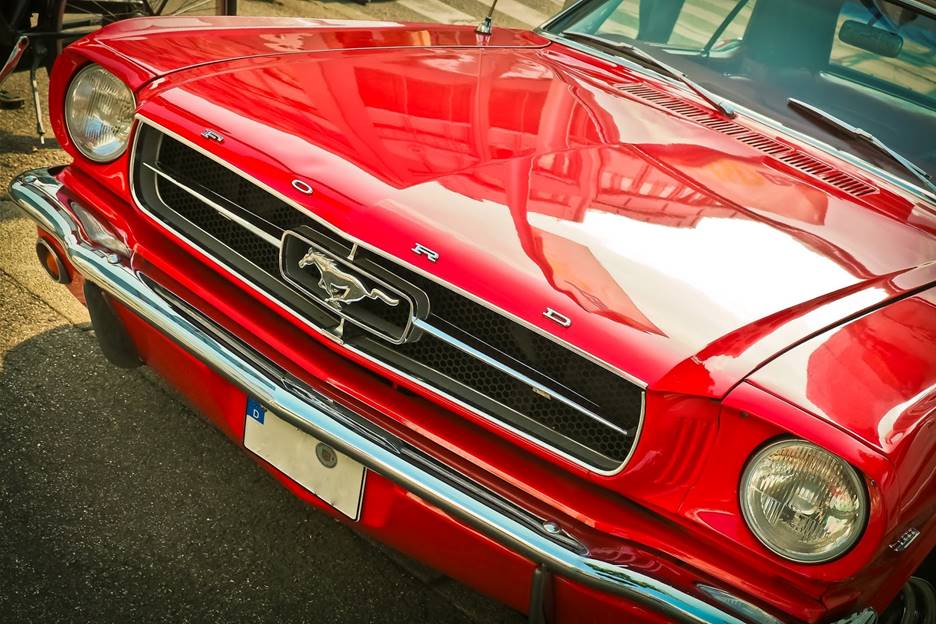
Call it nostalgia or a need for speed, muscle cars were the coolest cars on the road. Take any modern car and place it next to a 1965 Chevy Corvette; which would you take? Can we honestly compare a modern day Honda Civic to the bold styling of the Plymouth Road Runner?

1963 Stingray
Even a Mustang enthusiast would choose a fully restored Foxbody or Shelby over its modern day successor. Unfortunately, enthusiasts are only left to the existing inventory of a once great fleet of muscle cars that tore up the highways and interstate. Emissions regulations and new plastic components inevitably led the world to agree that sustainability was more important then capability.
Yet, let’s pretend, just for a second, that we were back in that time, and your dad just gave you the keys to his Chevelle. Picture the power, simplicity, and thrill of the ride.
All around, muscle cars were the greatest generation of automobiles out there, although some would argue hot rods. Here’s just five reasons that muscle cars are better than their modern day successors.
Manual Transmission
The world has become split in two. No, it’s not between democrat and republican, but rather manual versus automatic transmission. For the soccer mom’s of the world, an automatic is great for wheeling the kids around. For the rest of us, we need to be more than just a passenger in an automatic car; we want to be the driver.
For performance enthusiasts, feeling that clutch shift between gears as you pick up speed on the highway is a feeling like no other. You just wouldn’t understand until you’ve been behind the wheel of an old Roadrunner.
Lighter Means Faster
Nowadays, cars come in all shapes and sizes from the Hybrid to the Hummer. Even the manufacturing process for the Tesla utilizes heavy materials wheeled out on heavy duty trolleys. Yet, even with their steel bumpers, muscle cars were significantly lighter than most modern cars. The infamous Dodge Duster weighed in at just under 3,000 pounds with a 4-speed manual transmission. With big engines and less weight to shake off, muscle cars were able to climb the RPM band pretty quickly.

Simple Maintenance
Sure, restoration of an old muscle car will require a ton of interior work and rust prevention, but muscle cars were made with pretty simple parts. Modern day cars are equipped with the controller area network (CAN), a complex computer system that is susceptible to errors and complex maintenance issues.
On the other hand, muscle cars were purely mechanic, meaning that issues could be resolved DIY. They still make the best project cars, especially considering that there are tons of aftermarket parts compatible with old muscle cars.
They Appreciate in Value
A muscle car built before 1979 is bound to attract the attention of enthusiasts and collectors. Contrary to modern day cars, muscle cars appreciate, not depreciate, in value. This makes owning a muscle car and restoration well worth the investment.
They’re Simply Cooler
Finally, let’s cut the BS and get straight to the point. Muscle cars were cooler and timeless in and of themselves. There’s a reason people refer to them as muscle cars and classic cars; they embodied power and endless capabilities.

Want to see more muscle cars? Check out this 1960 Starliner










